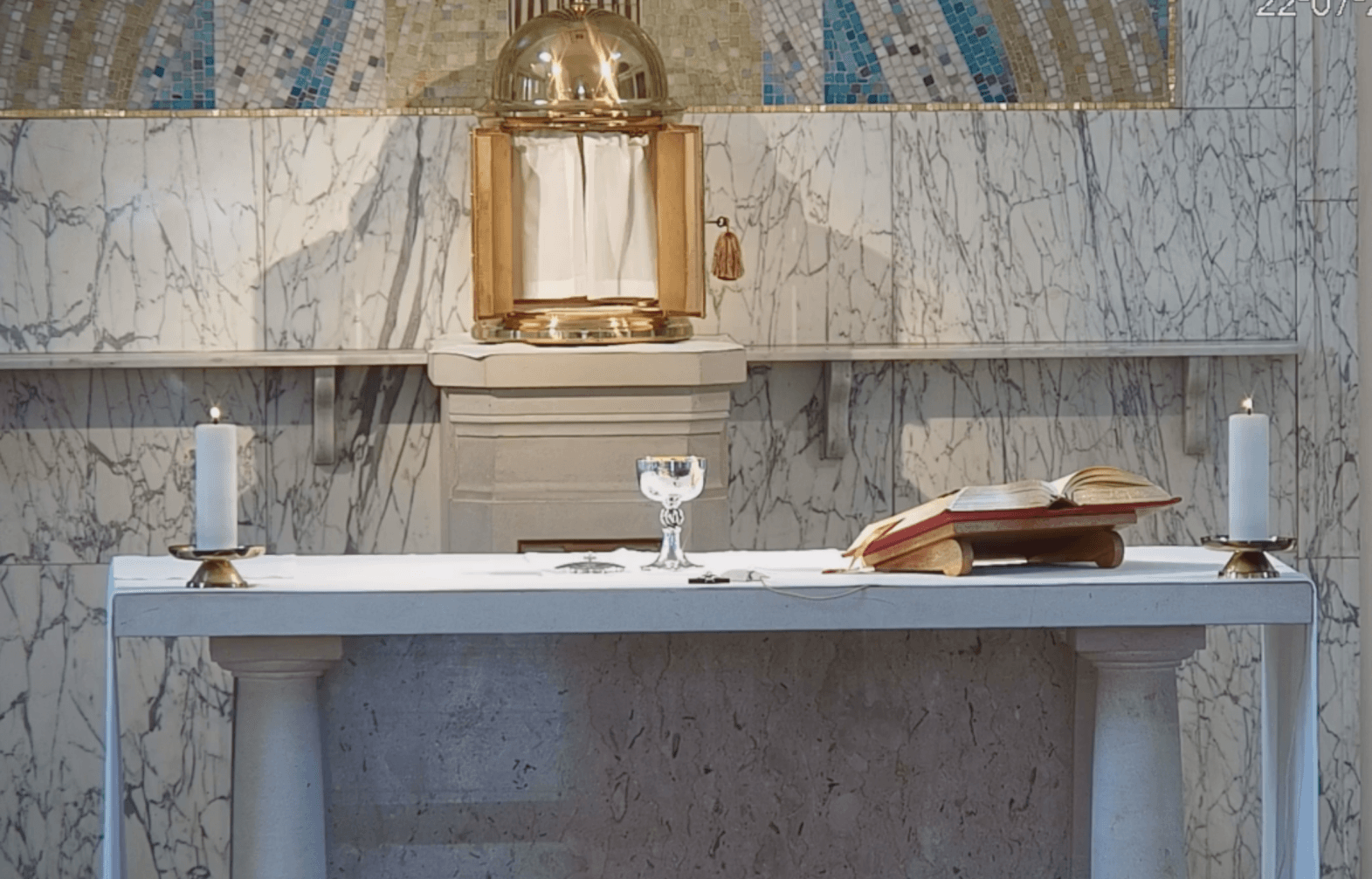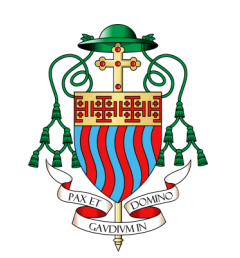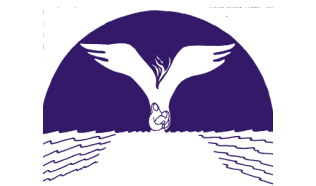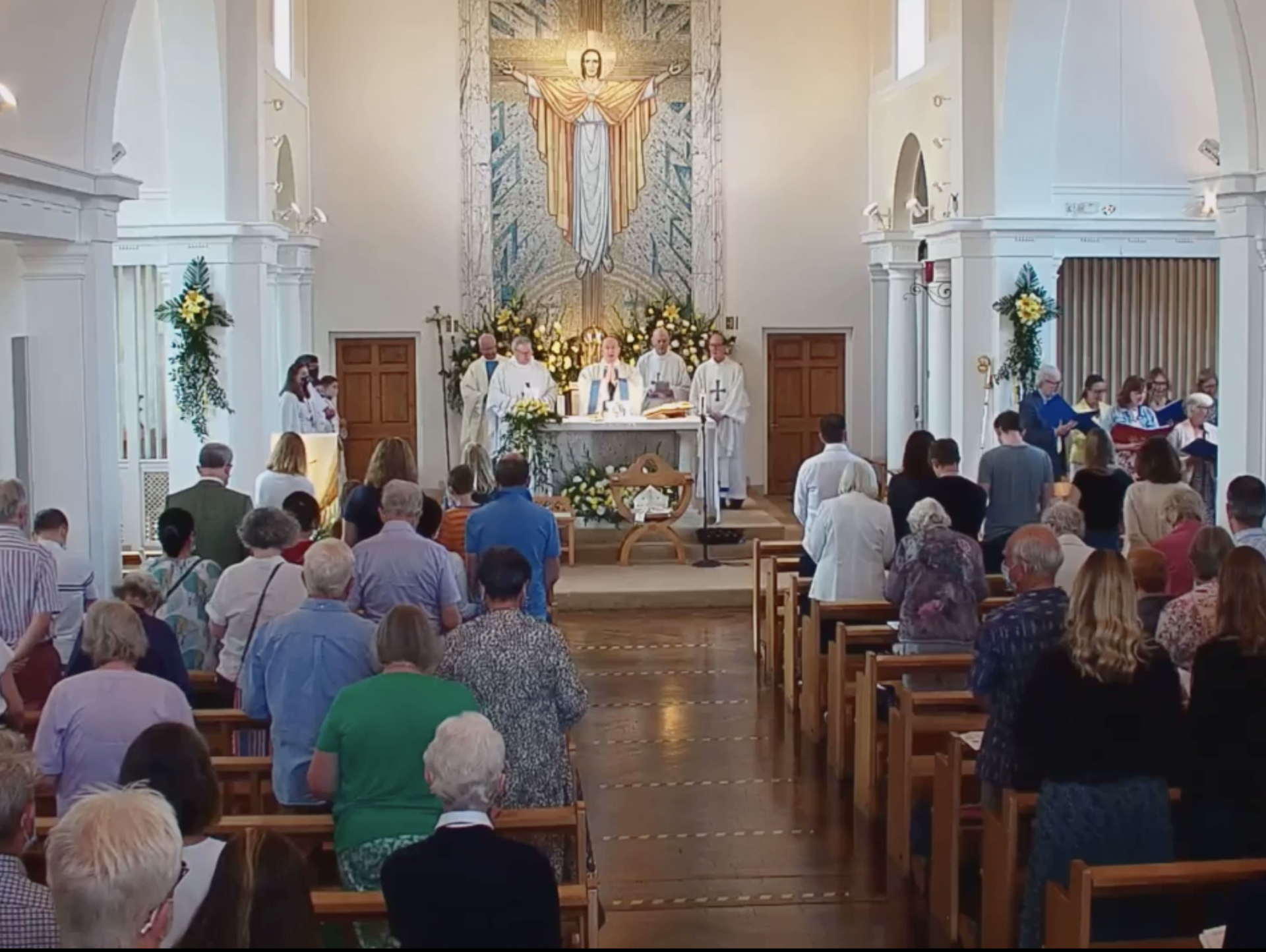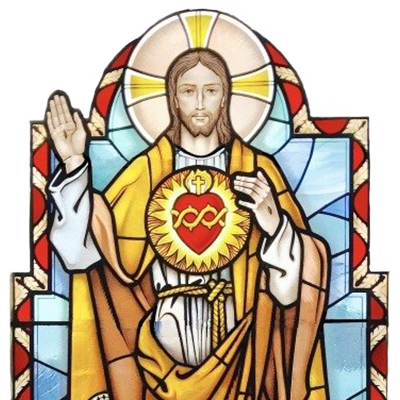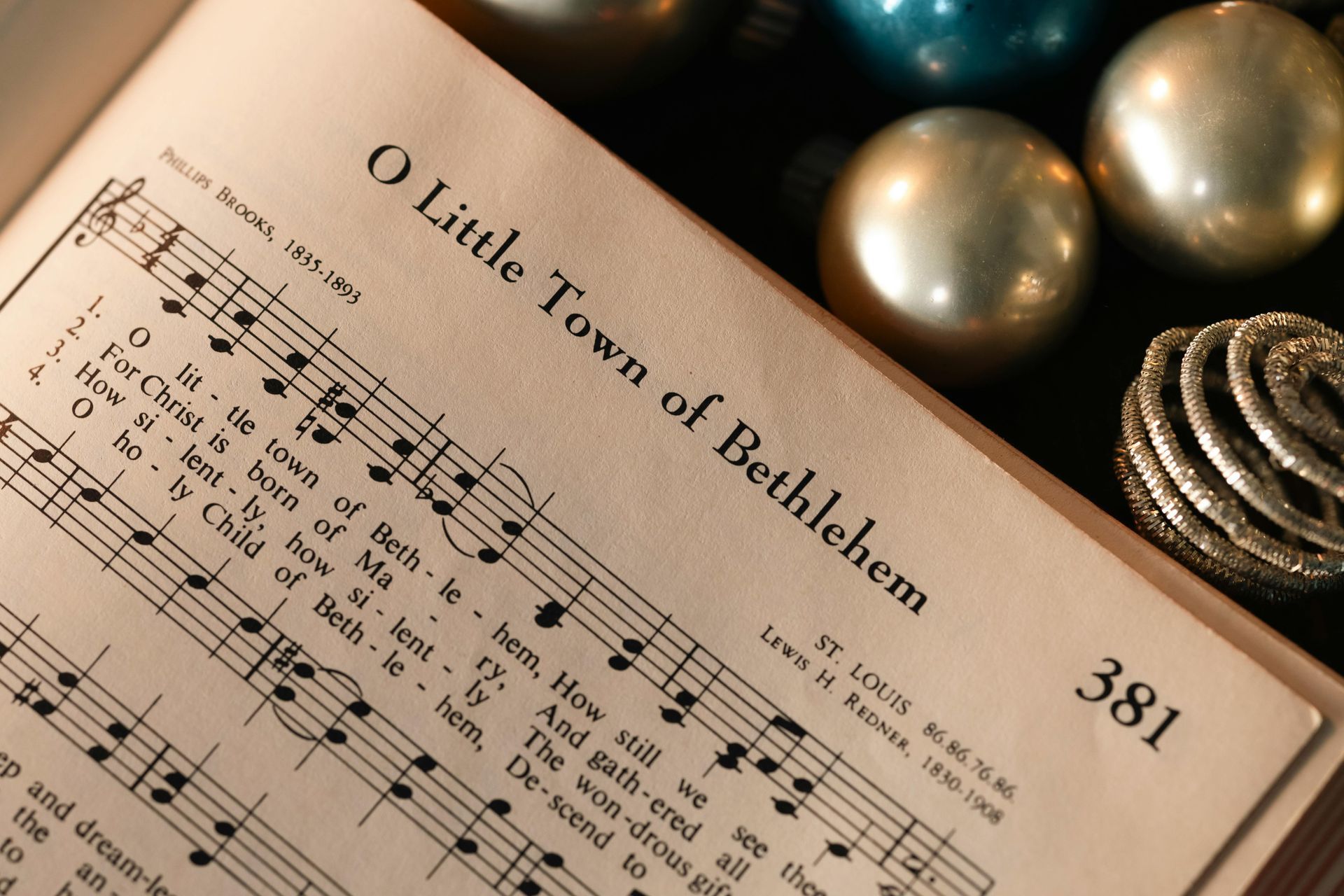St Patrick . . .

Patrick was born in Roman Britain. When he was fourteen he was captured by Irish pirates and taken to Ireland as a slave to herd and tend sheep. At the time, Ireland was a land of Druids and pagans.
Patrick’s captivity lasted until he was twenty, when he escaped after having a dream from God in which he was told to leave Ireland by going to the coast. There he found some sailors who took him back to Britain and was reunited with his family.
A few years after returning home, Patrick saw a vision he described in his memoir:
“I saw a man coming, as it were from Ireland. His name was Victoricus, and he carried many letters, and he gave me one of them. I read the heading: ‘The Voice of the Irish.’ As I began the letter, I imagined in that moment that I heard the voice of those very people who were near the wood of Foclut, which is beside the western sea-and they cried out, as with one voice: ‘We appeal to you, holy servant boy, to come and walk among us.’”
The vision prompted his studies for the priesthood. He was ordained by St. Germanus, the Bishop of Auxerre, whom he had studied under for years, and was later ordained a bishop and sent to take the Gospel to Ireland.
Patrick arrived in Slane, Ireland on March 25, 433. There, he converted many people - eventually thousands - and he began building churches across the country.
He often used shamrocks to explain the Holy Trinity and entire kingdoms were converted to Christianity after hearing Patrick's message. Patrick converted all of Ireland over 40 years. After years of living in poverty, traveling and enduring much suffering he died March 17, 461.
He is believed to be buried in Down Cathedral, Downpatrick. His grave was marked in 1990 with a granite stone.

